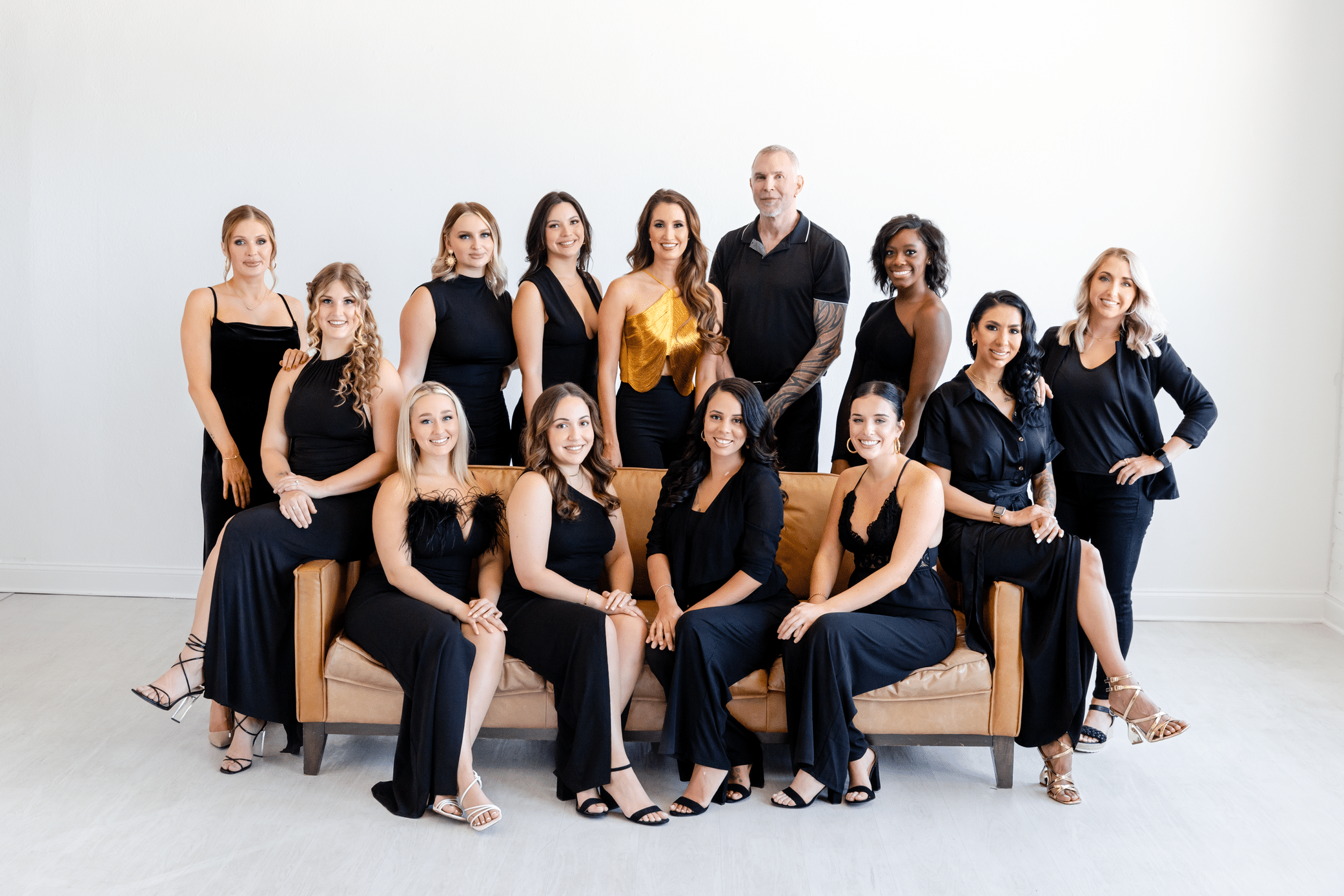Published on December 1, 2011 by | Dr. Rachel Walker
Abdominoplasty is a major procedure. Your recovery has a great deal to do with how you take care of yourself after your surgery. Our goal is to help you make your recovery as easy and uneventful as possible. Many of the potential risks and setbacks after abdominoplasty are not due to the sculpting and repair of your tissues, they are due to your aftercare. An understanding of these potential problems and their prevention will help you towards a recovery that is safe and problem free.
1. SEROMA: As with most other surgeries, it is possible to overdo it and create problems with your own healing. Following abdominoplasty, this can lead to a complication called a seroma. A seroma is a fluid collection under the skin which can require additional treatment.
When a tummy tuck is performed, loose skin and fat are removed between the pubic area and the belly button. In order for the skin above the belly button to stretch out enough to pull down and close the gap, the skin and fat above the belly button must be peeled up and away from the underlying muscles. This also allows exposure to tighten your abdominal musculature which is standard with almost every abdominoplasty. After the skin is lifted up, it is stretched and advanced down to the groin and pubic region and sutured together. You have to take it easy after surgery to allow these sutures to hold and for the skin to heal. Part of the healing process requires the advanced skin to fuse or stick back to the underlying muscles. Too much activity (especially twisting or stretching) will delay this critical part of the healing process. This is especially important during the first week.
In order to keep body fluid from collecting under the skin, a drainage tube (or two) is placed during surgery in the space between the skin and muscle and connected to a small suction reservoir on the outside. We can usually determine if you are being too active because the surgical drain continues to collect a great deal of fluid instead of decreasing every day. Normally it takes about eight days for the tissues to stick together and the drainage tubes to stop draining so that they can be removed. It can take much longer if you are too active. Even more concerning, this can lead to areas which fail to stick back down, and an area like that will fill with fluid after the drain tubes are removed resulting in a seroma. A seroma must be treated using a needle through the skin to try to aspirate or drain the fluid. Sometimes seromas must be aspirated with a needle repeatedly and rarely they may reoccur so persistently that surgery must be performed to place a new drainage tube. If a seroma does require surgery, Dr. Stagnone would not charge you a surgeon’s fee but you would be required to pay the anesthesiologist and the operating room fees to cover the expenses of the operating room supplies and staff. Seroma is preventable and extremely uncommon if you do your part and maintain a sensible activity level after your surgery.
2. DVT: Deep vein thrombosis is the medical term for a blood clot in the veins, occurring most frequently in the legs. The risk of DVT after abdominoplasty is published at about 1 in 300. This risk increases with obesity, diabetes and many other conditions of poor health. It also increases with longer surgery times. When abdominoplasty is combined with additional procedures, the risk can increase statistically to about three and one half percent or more. DVT is not unique to abdominoplasty, it is a risk of prolonged inactivity which can occur following many surgical procedures, childbirth and even occur spontaneously such as during a long flight. This is one of the most important reasons why patients are told to get up and walk after major surgery. DVT is not caused by the surgery itself, it is caused by inactivity during and after your procedure. Like a seroma, DVT is preventable if you do your part.
At The Plastic Surgery Center of Dallas we use a safety device known as an SCD (sequential compression device) during surgery to prevent DVT. An SCD squeezes your legs rhythmically during the entire procedure, pumping the blood out of your legs and back towards the heart. After the surgery, you must take responsibility to maintain your own circulation and keep the blood in your legs from pooling. It’s amazing how simple this is. Yet if you don’t understand this and do your part, you are at a greater risk of DVT. Walking causes the calf muscles to contract which squeezes the blood upstream through a series of one-way valves. Walking can minimize your risk of DVT. Only you can assure that this is done. Unlike the hospital setting in which the nursing staff encourages you to get up and walk, abdominoplasty is done as an outpatient procedure, so the responsibility falls on you and your caretaker. It is important that you get up out of bed and walk every few hours after abdominoplasty for several minutes. It also helps to have your caretaker raise your legs while in bed and massage your calves. Rhythmically flexing your feet at the ankles can also keep the circulation from pooling in your lower legs.
If you get a DVT, the most likely presentation is swelling in one leg. It is extremely rare for both legs to get a DVT at the same time. If this occurs after your abdominoplasty you’d be directed to proceed at once to the emergency room. DVT is a true emergency since it can sometimes break free and travel to your heart and lungs, called a pulmonary embolism, which can be life threatening. These conditions are treated in the hospital by a medical specialist. Admission for DVT is not a “warranty” item after cosmetic surgery. It is a rare but recognized medical complication from inactivity. It is extremely unlikely to occur if you do your part and follow our guidelines regarding post-op activity.
3. SCARS: The scar from a tummy tuck typically extends from one hip region to the other. Dr. Stagnone draws the incisions on the skin for each patient during the initial consultation to be sure it is clear where the incisions will be and what tissues will be removed. The final position of the scar cannot be determined precisely. Because of laxity in the pubic area and upper thighs, the skin below the incision can rise when it is sewn together. Dr. Stagnone tries to get the scar as low as possible but in some individuals it ends up higher than others. We will show you many post-operative pictures to demonstrate the range of abdominoplasty scar position. Dr. Stagnone also tries to show the range of location on you by stretching up on the skin after drawing his proposed incisions during the consultation.
The quality of the final scar also varies from person to person. Dr. Stagnone always sutures the tissues together using only internal buried sutures along the lower scar, which gives everyone a chance to have a fine “hairline” scar. Staples are never used. Nonetheless some of the final scar quality is also determined by your heredity and a small percentage of patients will develop a red thick scar called a hypertrophic scar or even a keloid, which is like a tumor of scar tissue. Others develop a darker color to their scar called hyperpigmentation. These types of poor scars are not caused by surgical technique. Poor scars are a known risk of all surgeries. Dr. Stagnone will perform the most meticulous repair possible and if you follow our instructions after surgery we will teach you the proper ways to manage your scar to get your own best possible result.
In summary, abdominoplasty can be an amazing surgery with dramatic results. It is a major surgery which we perform routinely with a very high level of safety. We believe that detailed education will help you increase the likelihood of a smooth recovery. Our goal is to help you get through all of the steps of your aftercare, leading to a full return of activity within 6 weeks.




